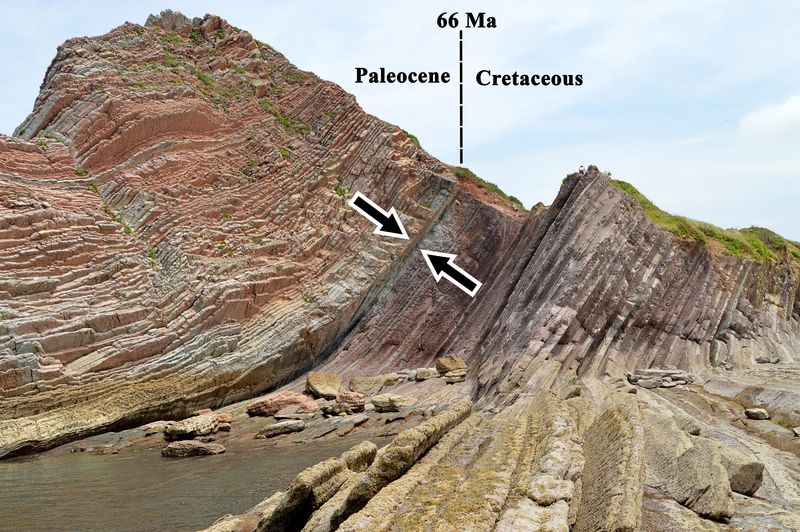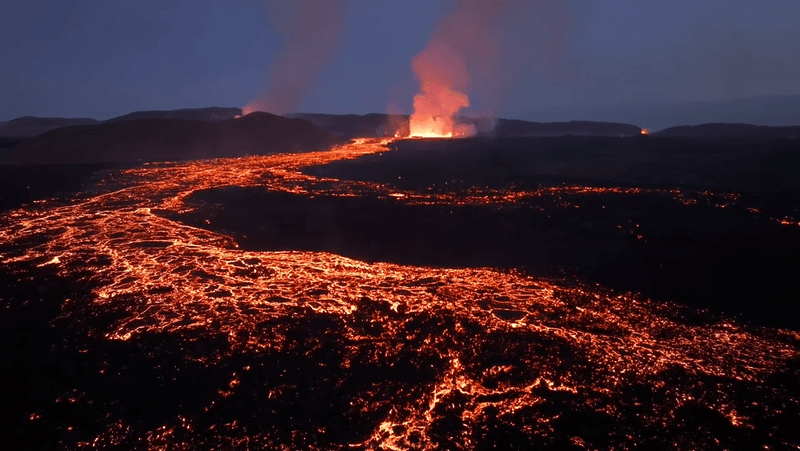It’s amazing just how impactful our behavior can be. Even small acts, like using the taps in our homes, can contribute to significant changes across the planet. This may sound trivial, but over the last 20 years alone, the pumping of groundwater – mostly for drinking – has caused Earth’s rotation to tilt eastwards by nearly 80 centimeters (31.5 inches) and sea levels to rise. It seems our water use is an important factor to consider when we think about climate change.
The planet’s rotational pole, the point around which Earth rotates, is not fixed. It moves in a process known as polar motion, when the position of Earth’s rotational pole varies in relation to its crust.
This process can be thought of as a spinning top; if the top experiences a change in its weight distribution, then it will spin differently. The distribution of water across the planet operates like this. As it shifts, it changes how Earth rotates.
"Earth's rotational pole actually changes a lot," Ki-Weon Seo, a geophysicist at Seoul National University, explained in a statement about a 2023 study on the subject, published in Geophysical Research Letters. “Our study shows that among climate-related causes, the redistribution of groundwater actually has the largest impact on the drift of the rotational pole.”
Groundwater is different to water that exists in rivers and lakes. It is the water that is hidden underground and accumulates from rain and other forms of precipitation. As the water soaks into the ground, it slowly percolates down into natural aquifers – underground reservoirs. This type of water is an important feature of the water cycle as it provides water even during times of less frequent rain.
Today, around 50 percent of the world’s population relies on groundwater for its drinking water, and a third of the world’s irrigation. Traditionally, this type of water was accessed by humans through wells, boreholes and so on, but throughout the 20th century, modern societies began to exploit groundwater reservoirs at a much larger scale.
Between 1993 and 2010, humans pumped 2,150 gigatons of groundwater (that’s about 9.09 quadrillion cups of water).
In 2016, scientists showed that the distribution of water was able to change the rotation of Earth. But at the time, the phenomenon lacked detail about how groundwater use might be involved in that.
This is where the study by Ki-Weon Seo and colleagues came into play. The team modeled observed changes in the drift of Earth’s rotational pole and the movement of water. They ran multiple scenarios and the only one that matched the 4.3 centimeters (1.7 inches) of drift per year that we have seen was the one that included the 2,150 gigatons of groundwater redistribution calculated previously.
"I'm very glad to find the unexplained cause of the rotation pole drift," Seo said. "On the other hand, as a resident of Earth and a father, I'm concerned and surprised to see that pumping groundwater is another source of sea-level rise."
This study effectively quantified the role groundwater pumping plays on polar motion, and shows just how important it is. But the research also has implications for our efforts to address climate change as well. Although polar shifts caused by this type of exploitation won't likely change how at-risk areas experience the seasons, the polar shifts could have impacts for the climate.
“Observing changes in Earth's rotational pole is useful for understanding continent-scale water storage variations," Seo said.
"Polar motion data are available from as early as the late 19th century. So, we can potentially use those data to understand continental water storage variations during the last 100 years. Were there any hydrological regime changes resulting from the warming climate? Polar motion could hold the answer."





